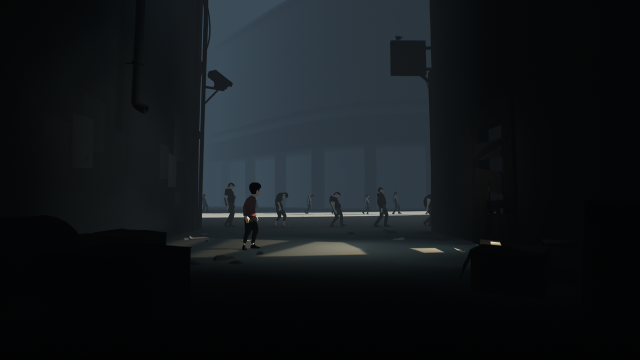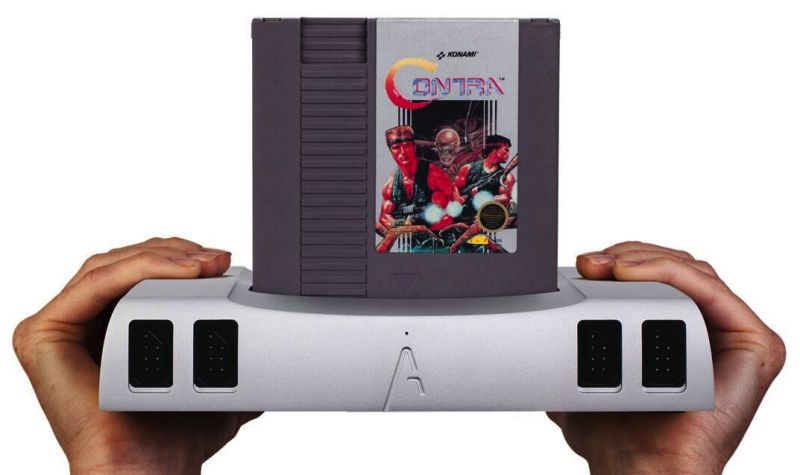
It took roughly two years for crackers to put the first dents in Denuvo's surprisingly robust anti-piracy protection for PC games. Now, a Denuvo-protected game has been cracked just six weeks after its release, seemingly presaging an increased pace of efforts against the DRM scheme.
TorrentFreak reports on the new crack for indie critical darling Inside, which hit the scene earlier this week. The crack comes courtesy of CONSPIR4CY (aka CPY), the same group responsible for a crack of Denuvo-protected Rise of the Tomb Raider earlier this month.
While CPY's ROTTR crack came nearly seven months after the game was released, Inside's protection was broken about six weeks after it launched on the PC. This is an important distinction, since the bulk of a game's legitimate sales tend to come in the first few months after release (or during sales much later in their lifecycle). If crackers can manage to get the wait time for a Denuvo crack down to a matter of days, the protection's value to developers and publishers could wither.




